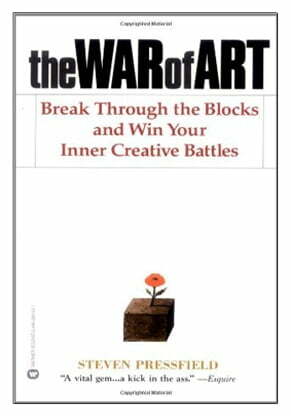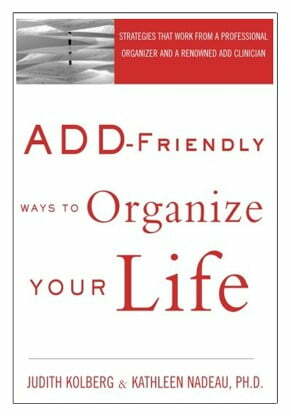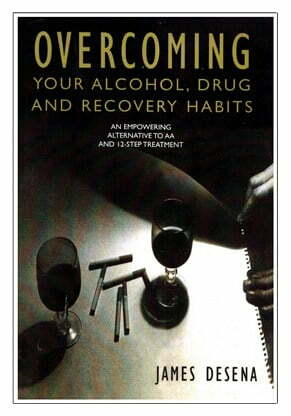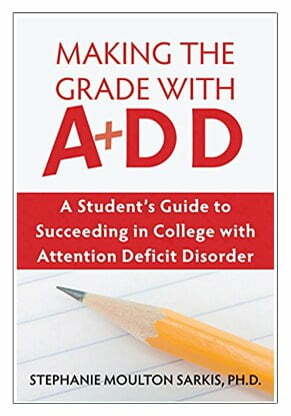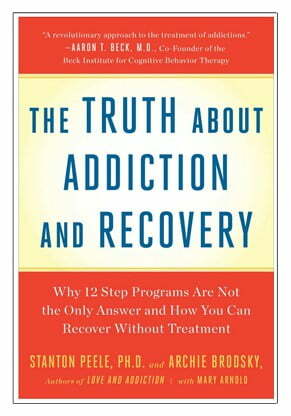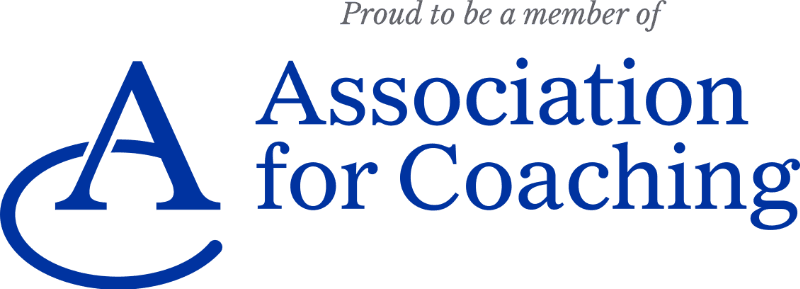Popular culture has taken to heart the idea that the right-brain is artistic and emotional and the left brain is logical and verbal. This over-simplified view has led to an almost pathological avoidance of any discussion on the differences between the two hemispheres in much scientific writing for fear of criticism and ridicule. Quite obviously (just open up a head) the brain is constructed of two quite distinct halves – only linked by a relatively small area, the corpus callosum.
There is extensive evidence of the very different functions of the two hemispheres, predominantly from observing people with brain injuries such as strokes. In this ambitious book, Iain McGilchrist bravely ventures into this contentious area. He draws on a vast body of recent brain research, to reveal the profound difference between the right and left brain is not only in the specific functions but in their incompatible ways of experiencing the world.
| Left hemisphere | Right hemisphere |
|---|---|
| The left hemisphere is detail-oriented, prefers mechanisms to living things, and is inclined to self-interest, | The origin of all experience is in the right half, the master, that sees everything in its environment, is holistic and intuitive yet wide-focused. |
| The left brain, the emissary, focuses on specific details of the experience and analyses it and returns this detailed picture to the right half, | while the right hemisphere has greater breadth, flexibility and generosity. |
| The left brain uses language precisely, | more abstractly, the right brain understands meaning, metaphors and jokes. |
| The left half organizes, manipulates and controls details for a specific purpose, | in the right brain the details become integrated to enrich the wider picture. |
| The left wants consistency, it measures, classifies and creates labels and abstractions, and will happily disregard inconsistent facts or information! | the right brain is responsible for empathy; relationships; and appreciating the meaning of gestures, facial expressions and tone of voice. The right half handles the greater part of our emotional life. |
| The right half experiences time as a continuum, it responds to music, poetry, the spiritual and moral dimensions. |
In the second half of the book the author gives examples from art, culture, society and literature that show how this brain arrangement has weaknesses and has failed in various ways in human history. Without the left brain, civilization would be impossible but ideally the left and the right brains, different and in some ways conflicting, should complement and keep a check of each other.
The problems arise when the detached and abstract left brain sees itself as the ‘master’ rather than ’emissary’ and so we miss the holistic and profound.
As I read this fascinating book, I was left with one simple conclusion – there is no doubt that the majority of ADHD people are significantly more dominantly right-brained than left.
My experience with other ADHD adults have always shown tendency towards the right-brain domains such as big-picture seeing, humour, emotions, creativity, invention and empathy and have often shown problems in the left-brained domains such as making decisions, narrow-focus and disregarding facts to suit!
It’s significant that the right-brain is more neurologically tightly connected and uses nor-adrenaline/nor-epinephrine for communications. The left brain has further distances to travel and with dopamine for communications. Most medical research implicates dopamine as the primary “faulty” neurotransmitter at issue in ADHD. So there is poor dopamine signalling, it’s not surprising that ADHD people would use the easier to access right brain, than their weaker signalling and slower left.
In ADHD with a less-dominant left brain there is a struggle to focus on detail, lessened self-interest, a reduced sense of purpose to organise and control. Yet with a dominant right-brain with ADHD, there is a profound sense of emotion, a greater breadth, flexibility and generosity, an experience of time as a continuum, a strong response to music, poetry, the spiritual and moral dimensions.
More research is needed!
